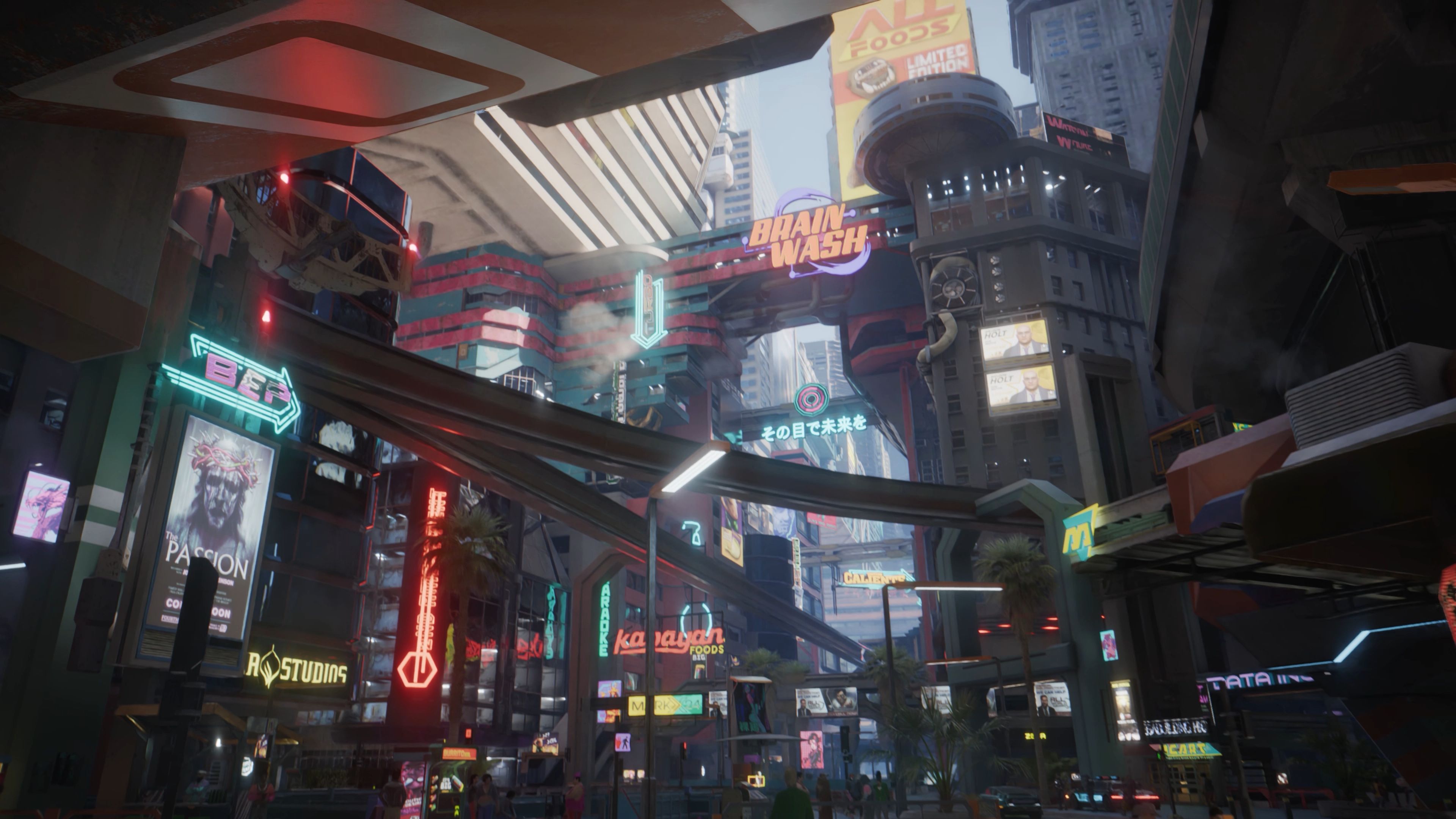The Elder Scrolls V: Skyrim Anniversary Edition Score: Mods Impact
When The Elder Scrolls V: Skyrim was first released in 2011, it was immediately hailed as a masterpiece of open-world RPG design. A decade later, the Anniversary Edition not only celebrated the game’s enduring legacy but also integrated modding into its core experience in an unprecedented way. While the re-release included graphical enhancements, all Creation Club content, and minor gameplay tweaks, its most significant achievement lies in how it reframed the relationship between the base game and mods. The Anniversary Edition doesn’t just tolerate mods—it embraces them, fundamentally altering how we perceive, play, and score this iconic title.
To understand the impact of mods on the Anniversary Edition, one must first appreciate the original game’s context. Skyrim was designed with openness in mind, not just in its world but in its systems. Bethesda Softworks intentionally left gaps—whether in mechanics, narrative, or visual fidelity—that invited players to fill them. This philosophy birthed one of the most prolific modding communities in gaming history. For years, mods existed in a parallel, often precarious ecosystem: necessary yet unofficial, celebrated yet unsupported. The Anniversary Edition changed this dynamic by officially curating and incorporating mod-derived content, blurring the line between developer and community creation.
The Anniversary Edition package includes over 70 pieces of Creation Club content—weapons, quests, mechanics, and systems—many of which originated as popular mods. For instance, “Fishing” and “Survival Mode” were once community-driven ideas that have now been polished and integrated seamlessly into the experience. This official adoption does more than just add content; it validates modding as an integral part of Skyrim’s identity. The “score” of the Anniversary Edition, therefore, cannot be separated from the mods that have sustained the game for a decade. It is a hybrid product: part Bethesda, part community.
Graphical and performance mods have long been essential to Skyrim’s longevity, and the Anniversary Edition leverages this. While the base version includes improved textures, lighting, and effects, it is the modding framework that allows these enhancements to shine. The introduction of better engine support and stability means that high-resolution texture packs, weather mods, and ENB presets run more smoothly than ever. For many players, the true “next-gen” experience of Skyrim isn’t achieved through official updates alone but through the combination of these updates with community-driven visual overhauls. The Anniversary Edition facilitates this synergy, offering a more stable canvas for modders to work on.
Gameplay mods have similarly transformed the experience. The vanilla game, while expansive, often suffered from repetitive combat, shallow RPG mechanics, and unbalanced progression. Mods like “Ordinator” (which overhauls the perk system), “Wildcat” (combat realism), and “Frostfall” (survival mechanics) have become almost essential for veteran players. The Anniversary Edition’s inclusion of Creation Club content like “Arcane Archer” or “Necromantic Grimoire” follows this tradition, introducing depth and variety that keep the gameplay fresh. This official endorsement of mechanic-altering mods challenges the notion of a “definitive” version of Skyrim. Instead, the Anniversary Edition presents a modular experience where players can tailor the game to their preferences.
Narrative expansion is another area where mods have left an indelible mark. Beyond the official DLCs, mods have added entirely new regions, questlines, and characters, some of which rival Bethesda’s own work in scope and quality. The Anniversary Edition incorporates narrative-focused Creation Club content such as “The Cause” and “Ghosts of the Tribunal,” which expand upon the lore of Tamriel. These additions, inspired by modding culture, demonstrate how community creativity has influenced official content. The result is a game that feels perpetually expanding, with stories that extend beyond the main plot into uncharted territories.
However, the integration of mods is not without its challenges. The Anniversary Edition’s update to the game engine caused compatibility issues with many older mods, frustrating parts of the community. Script Extenders, essential for complex mods, required time to update, and some mods were never adapted. This highlights the double-edged sword of official mod integration: while it legitimizes and stabilizes modding, it also centralizes control. Bethesda’s curation means that some mods are elevated while others are left behind, potentially stifling diversity.
Moreover, the commercial aspect of Creation Club content introduces questions about monetization and ownership. While the Anniversary Edition includes all previously released Creation Club content, it also promotes a paid ecosystem for mods. This has sparked debate about whether modders should be compensated and how such systems might affect the traditionally free-sharing mod community. The Anniversary Edition doesn’t resolve these tensions but rather embodies them, serving as a case study in the evolving relationship between developers, modders, and players.
In conclusion, the Anniversary Edition of Skyrim is far more than a mere re-release. It is a testament to the symbiotic relationship between a game and its modding community. The “score” of this edition is inherently tied to mods—they enhance its visuals, deepen its gameplay, expand its stories, and even complicate its legacy. By officially embracing mods, Bethesda has acknowledged that Skyrim no longer belongs solely to them; it belongs to the players who have shaped, refined, and reimagined it over the years. The Anniversary Edition is not the final word on Skyrim but an invitation to continue the journey, mod by mod.















